How to know if a card is good or bad?
This is a question that is often asked by beginners who are still getting to know the game. Still, thanks to the immense diversity of possibilities inherent in Magic: the Gathering, even the most experienced players may not see the whole picture. Nowadays, if you are in doubt whether a card is good or not, you can simply look it up on the internet. Articles, videos and all kinds of content where players make these assessments, contributing their individual points of view. A new set just comes out and a flood of card reviews appears on specialized channels and websites.
However, there is obviously a problem with this. Having access to another player's opinion can help you and visualize an application for a card that you alone were unable to perceive, but all opinion is limited to the context in which your issuer is inserted. When we talk about a casual format, as is the case with Commander, the context variable becomes even more important, considering that each game group has its own status quo that shapes the perception that its members have about the game itself. A player with extensive experience of playing in groups where the use of “underestimated” commanders is infrequent will certainly have fewer ideas on how to exploit one of them. In addition, there is the question of the play style, which can also be something very particular from person to person.
At the end of the day, as much as an outside view helps, the best person to define whether a card will suit you is yourself, as the deck will be built for you. For this reason, the ability to assess a card's playable quality is one of the most crucial things for anyone looking to build Magic decks. If you feel like you haven't developed such a skill or need to hone it, reading this article can help you with that.
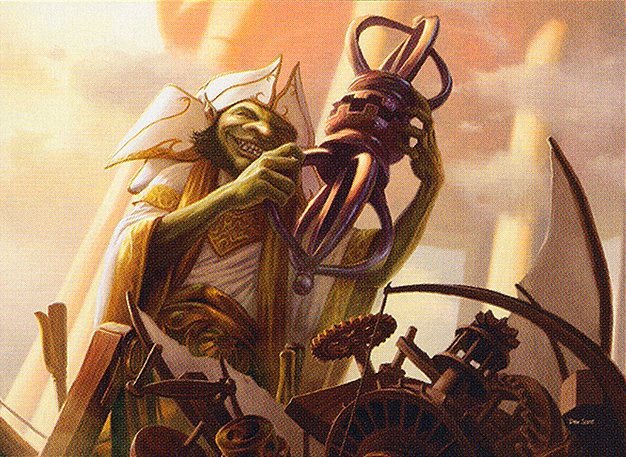
Card Playability on Commander
For those who have already tried playing other Magic formats such as Standard, Modern, among others, there are well-established parameters on what defines good or bad. In limited formats like Booster Draft and Sealed, for example, a good creature is expected to have power/toughness values at least equal to its mana cost. In most competitive formats, non-instant removals that cost 3 or higher are hardly playable.
There are a number of other "conventions" of the kind that can be observed, but there are always exceptions to them. Assessing the quality of a card will never be an exact science, no matter what format you're playing. It's not uncommon to have specific situations where a commonly considered bad card becomes perfect, and Commander is no different.
However, as I said on first episode of this series, Commander has its own particularities, the most crucial of which is the fact that it is essentially a casual and multiplayer format. These and other elements that make it up also contribute to the format being very experimental, which means that players will eventually want to test cards and strategies that are unusual in other formats, as it allows for that.
As such, the criteria for evaluating a card's playability for Commander should be different from those used in other formats, especially if you're in a casual context. There is much more tolerance for absolute variables like mana value, power/toughness, instant vs. sorcery and stuff like that. Overall, the quality of a card for Commander format takes a lot into account, the value it has relates to other elements of your strategy. Not every card is good, but they can all be useful in the right context.
Assessing the quality of a card, therefore, is nothing more than discovering the ideal conditions for it to be exploited to the fullest. If you're building a deck that is capable of producing these conditions, then the card has some potential to be good.
We can divide the different types of value a card may have into five categories.
Resonant Value
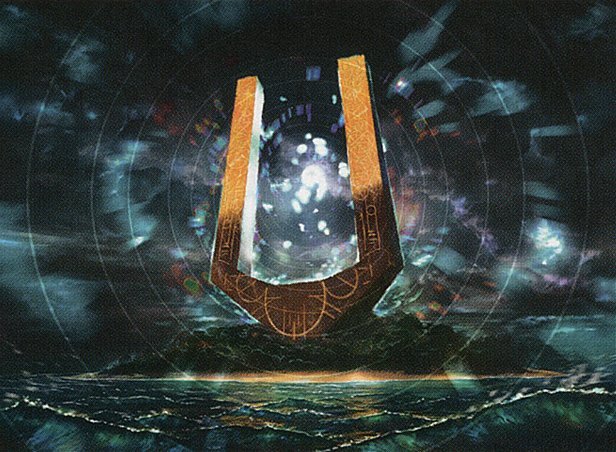
A card of resonant value has as its main characteristic to enhance your game or to do the opposite with your opponents' game. It, through its abilities, will improve your other cards in some way or improve your ability to do something: making your creatures stronger, lowering the cost of your spells, triggering abilities, generating additional effects, protecting you, or your cards, among many other possible things. They can also exert resonant value by harming your opponents. In other words, its value “resonates” from it and is captured by other cards and/or players, hence the name.
A resonant value card put to good use feels like it makes the game easier for you on some scale. They are usually conditional cards, being perfect as part of a larger context, but having little value on their own. A Beastmaster Ascension, for example, is especially devastating when you have a few creatures to attack, but is useless on an empty board.
Examples: Parallel Lives, Vindictive Vampire, Panharmonicon, Hall of the Bandit Lord, Anointed Procession, Aggravated Assault, Jace's Sanctum.Resonant Value Commanders: A deck whose commander has a resonant value doesn't necessarily need it imperatively, but it will probably work much better if it has it in play. If the deck is built dedicated to him, it will likely have its theme related to the type of strategy capable of capturing the commander's value.
When using Teysa Karlov as a commander, for example, a deckbuilder will likely make use of creatures with abilities that trigger when they die, as well as ways to sacrifice these creatures at the most appropriate time. Note that this strategy does not necessarily depend on Teysa (abilities will continue to trigger, regardless of whether she is in play), but if the commander is present, the effects will be much better.
Examples of Resonant Value Commanders: Atraxa, Praetors' Voice, Edgar Markov, Alela, Artful Provocateur, Kess, Dissident Mage, Arcades, the Strategist, Feather, the Redeemed, Brago, King Eternal, Torbran, Thane of Red Fell.Assigned Value
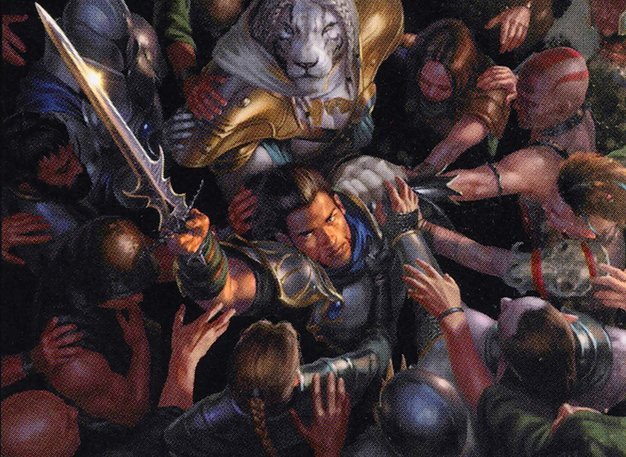
Unlike a resonant value card, an assigned value extracts the quality of other cards to become better. They usually need other cards so that they can play their role in a satisfactory way.
A well-used assigned value card will have a high impact on your game similarly to an individual value card, but it will depend on other cards for this, and may eventually lose its value if access to these other cards is interrupted or not exist. A Lord of Extinction is a creature with the potential to be gigantic and deal massive amounts of damage, but there must be cards in graveyards. A Tormod's Crypt, for example, may not be able to remove Lord of Extinction, but will make it weaker and less impactful, lowering its value.
Examples: Kor Spiritdancer, Necrotic Ooze, Elvish Promenade, Flamerush Rider, Aetherflux Reservoir, Sturmgeist.Assigned Value Commanders: A deck whose commander has an assigned value is likely to devote a good portion of its resources to supporting it. It is common for some cards in this deck to only serve the purpose of assigning value to the commander, which can make the deck more dependent, but this is not a rule. A deck with an assigned value commander may work alone if that's your motivation. On the other hand, the commander is almost certain to have its utility reduced if it cannot be supported by the deck.
Examples of Assigned Value Commanders: Korvold, Fae-Cursed King, Sisay, Weatherlight Captain, Kaalia of the Vast, Osgir, the Reconstructor, Urza, Lord High Artificer, Rograkh, Son of Rohgahh, Tuvasa the Sunlit, Obeka, Brute Chronologist, Tergrid, God of Fright, Balan, Wandering KnightIndividual Value
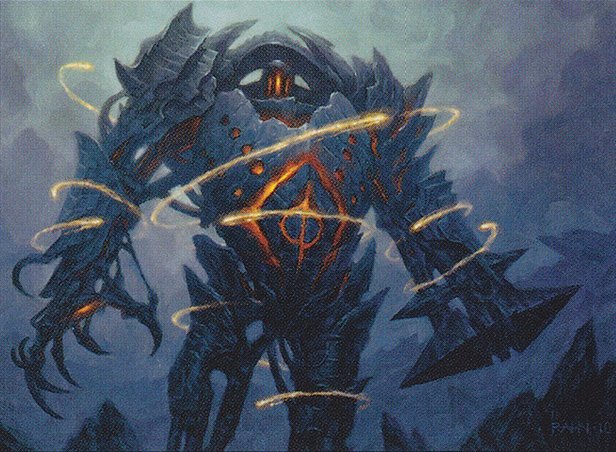
Individual value cards, as the name suggests, are "play alone" resources. They don't need the support of other cards to perform their function, being self-sufficient in that sense.
Properly taking advantage of an individual value card isn't difficult. Just play it as soon as possible, and it will make a difference no matter the circumstance. It is very common for these cards to have a high impact on the table and attract a lot of attention.
Because they are very valuable resources, they will usually be the most targeted card at the board. A Vorinclex, Voice of Hunger, for example, will be too much of a threat and annoyance to ignore, to the point that any opponent will want to remove it as soon as possible.
Examples: Blightsteel Colossus, Omniscience, Teferi's Protection, Torment of Hailfire, Etali, Primal Storm, Nyxbloom Ancient.Individual Value Commanders: A deck whose commander has individual value will most likely only care about casting it as soon as possible, as it alone has the potential to move your game plan forward. This does not mean that the deck is irrelevant. Many of these commanders need some specific conditions to exert their full potential, even if it's just a lot of mana.
Gishath, Sun's Avatar, for example, is a high-impact commander with the potential to fill the battlefield with dinosaurs with a single well-connected attack, but for that, you obviously need to have a decent number of dinosaurs in your library, or it will just be a big creature.
Examples of Individual Value Commanders: Maelstrom Wanderer, Etali, Primal Storm, Niv-Mizzet Reborn, Koma, Cosmos Serpent, Zacama, Primal Calamity, Kenrith, the Returned King, Ghalta, Primal Hunger.Utility Value
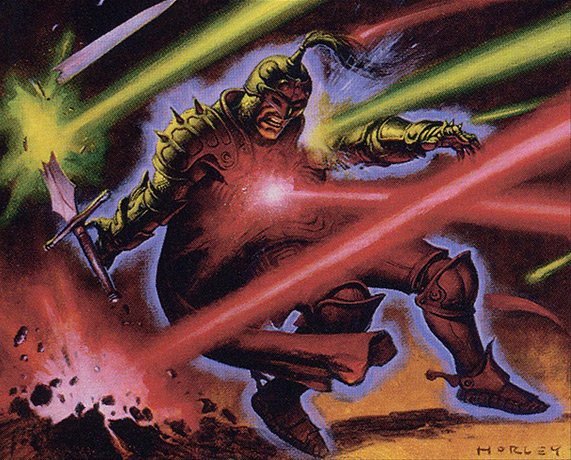
Utility-value cards are those that fulfill punctual and necessary functions. You'll use them when you need to do something specific that might be related to your deck's motivation or simply solving a general problem. Most cards that are part of a combo also fall into this category, especially if this is their only function in the deck.
Every deck needs utility cards to some degree, especially to deal with complications that are inherent to the game (more on that in future articles), such as removing permanents, countering spells, drawing cards, generating mana, etc. In addition, a deck may have other more specific demands according to its themes and motivations. A deck that uses the graveyard, for example, might make use of Stitcher's Supplier as a utility card.
Examples: Swords to Plowshares, Cyclonic Rift, Phyrexian Arena, Gamble, Cultivate, Sol Ring, Bojuka Bog.Utility Value Commanders: Utility Value Commanders can perform a variety of roles in a deck. A considerable amount of them are combo pieces. When this is not the case, the commander is likely to serve a similar role as a resonant value, helping to drive the game plan, albeit in a less pretentious and focused way.
Examples of Utilty Value Commanders : Tasigur, the Golden Fang, Sythis, Harvest's Hand, Jhoira, Weatherlight Captain, Gavi, Nest Warden, Anje Falkenrath, Dina, Soul Steeper, Karametra, God of Harvests, Thrasios, Triton Hero, Tymna the Weaver.Neutral Value
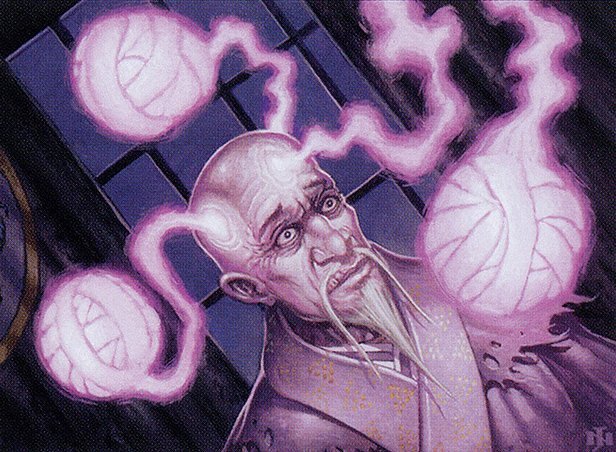
Null/neutral value cards are those that neither add nor generate any value. They don't interact with other cards, they don't improve your game, and they don't impact the board, at least not enough to make any difference. In other words, “neutral value” or “null” is the same as “no value”.
This is the worst type of card to use in the deck, as they are unlikely to be exploited and could easily make room for another better card. The most common example of null cards in Commander are the famous vanillas: creatures with no abilities like Grizzly Bears.
However, like almost everything in Commander, this can be variable. Grizzly Bears in a tribal bear deck commanded by Ayula, Queen Among Bears, for example, can become an effectively utilitarian value card. Furthermore, cards with other values that becomes neutral under certain circumstances (see below). The simplest way to know if a card has null value for your deck is to ask yourself “what would I do with this here?” If the answer is “nothing” or “something that bothers you”, then it has no value at all.
Neutral Value Commanders: While there is little reason to deliberately use Neutral value cards among the 99 in a deck, the same is not true of commanders. There is a specific case where using them as commander is necessary, which is when there is simply no commander available that adequately fits the strategy or theme of the deck in question.
In these cases, the commander very often only exists to give access to the colors the deck needs, and is often not even cast during a game. Note that having a neutral commander in this context does not mean that he necessarily has to be “bad”. In fact, it just won't play any role in the deck's strategy, but it can be useful in some cases.
If you're building a five-color Planeswalker-based deck but the legendary creature available in your collection is Progenitus, the trick is to use it as a commander until you get a better one. It will be a completely disconnected card with the purpose of your deck, but in some cases having a 10/10 beast with protection against everything might not even be a bad idea if you have nothing else to do and have enough mana.
Examples of Neutral Value Commanders: Any generic commander can end up taking on a neutral value if it's in a deck that was built with no intention of leveraging it. However, some are especially known for being “virtually useless”: Ramirez DePietro, Jasmine Boreal, Tobias Andrion, Sivitri Scarzam, Jerrard of the Closed Fist, Sir Shandlar of Eberyn.Card Quality and Circumstance
It's important to note that a card's quality can be variable. Depending on the context in which it finds itself, the same card can have different qualities or even more than one category of value at the same time. For example, Elvish Archdruid has both resonant value (for giving +1/+1 to all elves) and assigned value (for generating more mana as you control more elves) at the same time; which makes it a very valuable piece in an elf tribal deck. In any other case, though, it would probably be a 3 mana creature that adds {G} on tap... a utility card, but not very interesting. Being aware of these circumstances is key to correctly evaluating a card's strategic value.
Therefore, before evaluating whether a card deserves a space in the deck you are looking to build, it is important to already have an idea, even if general, of what kind of interactions and plays you intend to make with it. Having done that, also consider the following points when determining whether a card is worth it:
Asymmetry: The concept of symmetry in Magic is about effects that affect players in a similar or different way. A symmetrical card (for example, Ruric Thar, the Unbowed) impacts all players equally, whether harmfully or beneficially; whereas an asymmetric card (e.g. Jin-Gitaxias, Core Augur) does the opposite, harming or benefiting some player(s) more than another(s).
Generally speaking, it is advisable to avoid symmetrical cards unless you have a consistent way of breaking symmetry. This can be done through deckbuilding or by using specific cards that produce effects that negate, overlap, or take advantage of the symmetrical effect. In the example of Ruric Thar, the Unbowed, a deck composed mostly of creatures would be enough to avoid the negative effects of the card.
Be aware of these types of effects and be concerned about the consequences they can cause, if they are capable of harming your game or greatly benefiting your opponents. If that's the case, it's good to have a way to break the symmetry, otherwise maybe the best option is not to use the card.
Mana Cost: Because Commander is a format that is certainly more permissive to heavy cards, it's common for many beginner deckbuilders to end up not paying much attention to the mana cost of cards. Make no mistake... just because EDH is home to creative freedom doesn't mean you'll be happy filling your deck with a bunch of 5 mana or higher spells.
As a general rule, consider that a working deck will have at least half of its non-land cards costing 3 or less mana. If your deck exceeds this rule, it may be too heavy and worth reviewing some slots. Cards with a mana cost of 5 or higher generally need to have a significant impact on the game or be truly indispensable and synergistic to be worth it. Otherwise, it's probably best to replace them with another cheaper card.
Conditionality: Another important factor that affects a card's value is its conditionality. Cards that only work well in very specific circumstances (e.g. Minion of the Mighty) can prove useless in numerous instances. Unless your deck is very competent in meeting these conditions, avoid relying on this type of card, no matter how good it looks.
Conclusion
Assessing the strategic value of cards is a skill that takes time and practice to master, and each player tends to develop their own style of doing so. I hope, with this article, I have presented a broad perspective so that you develop your own critical sense regarding the usefulness or not of a card and depend less on generic conventions.
Now, as usual, this space is open for you to share your own experience on the topic. What criteria do you use to define whether a card is good or not?
Leave your opinion and let's take this debate forward!














— Comments 0
, Reactions 1
Be the first to comment